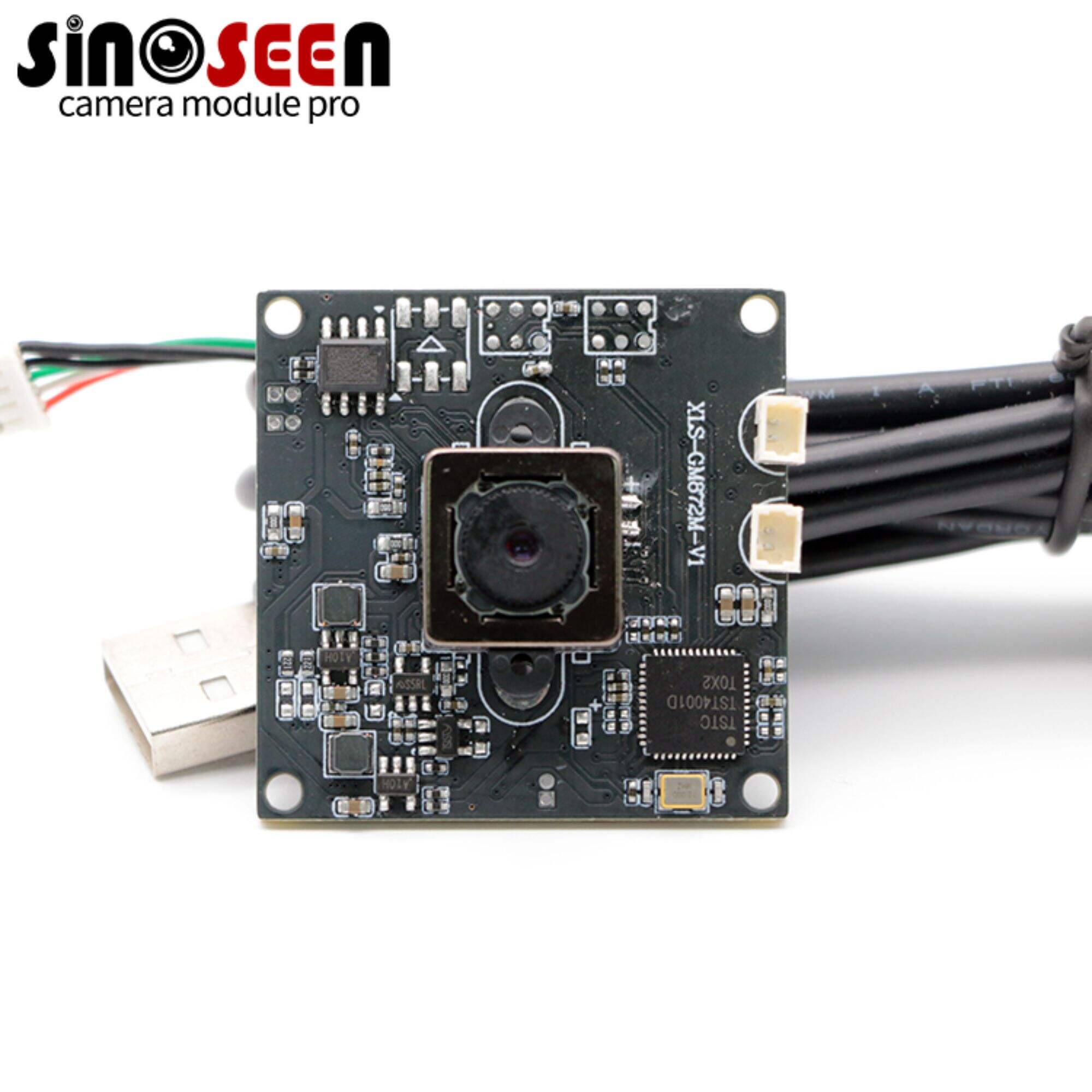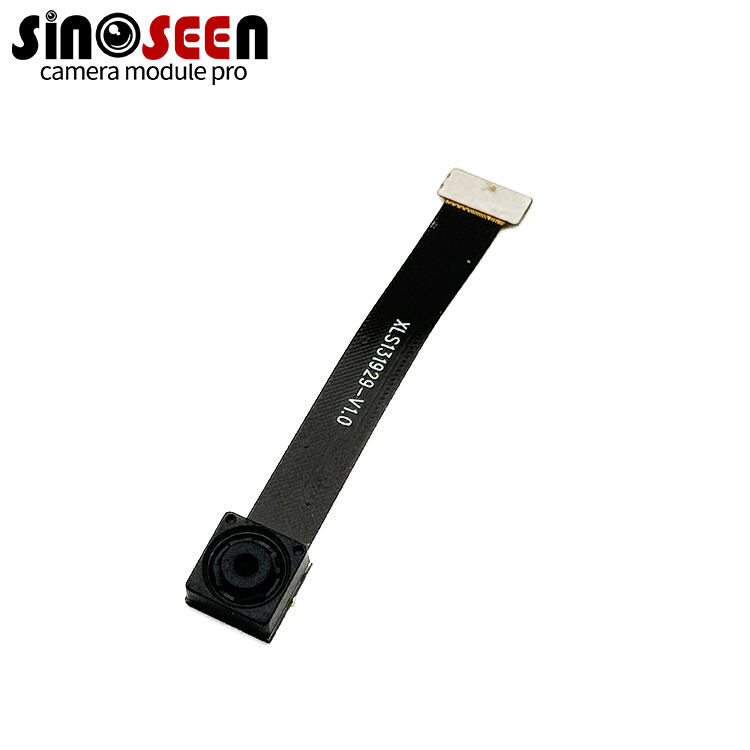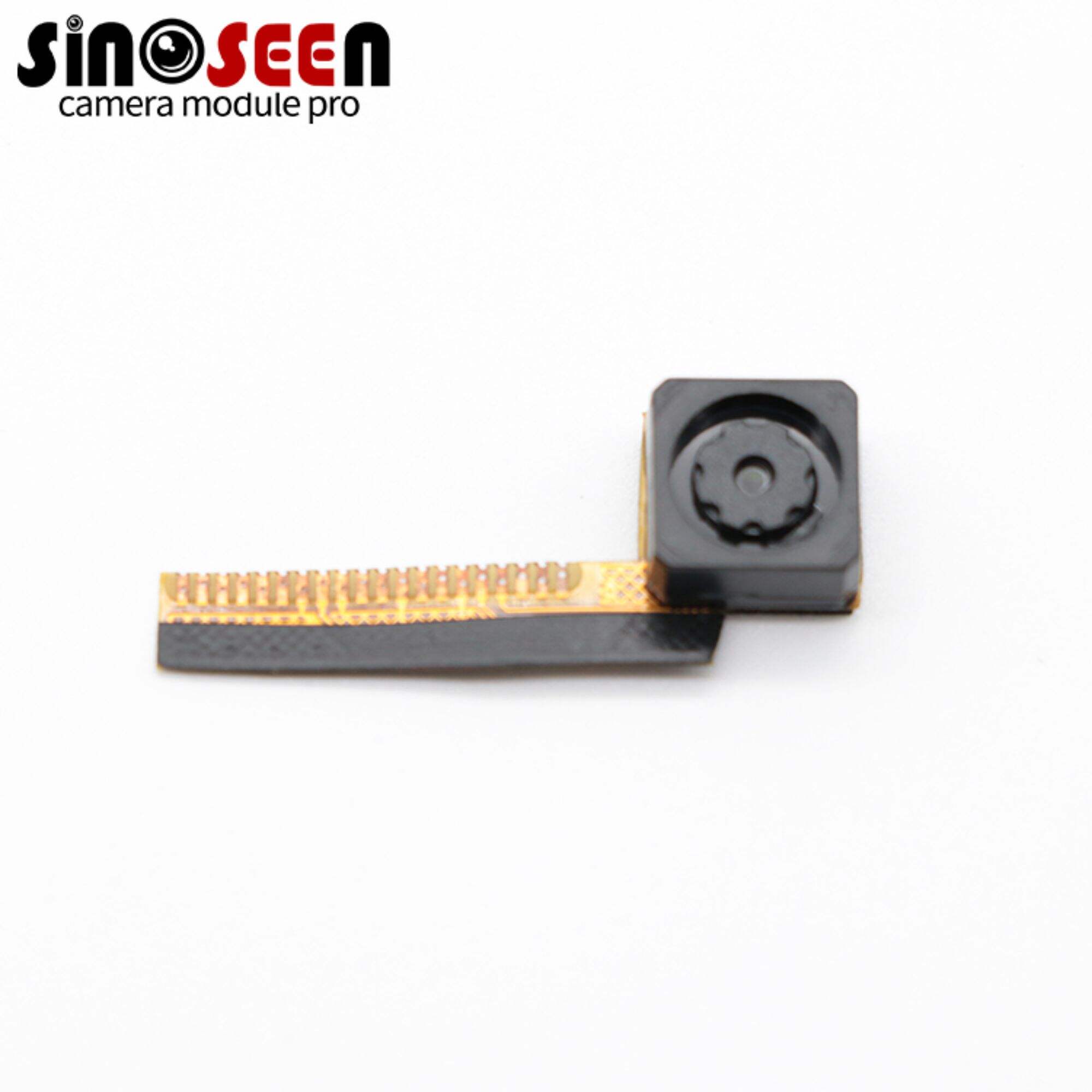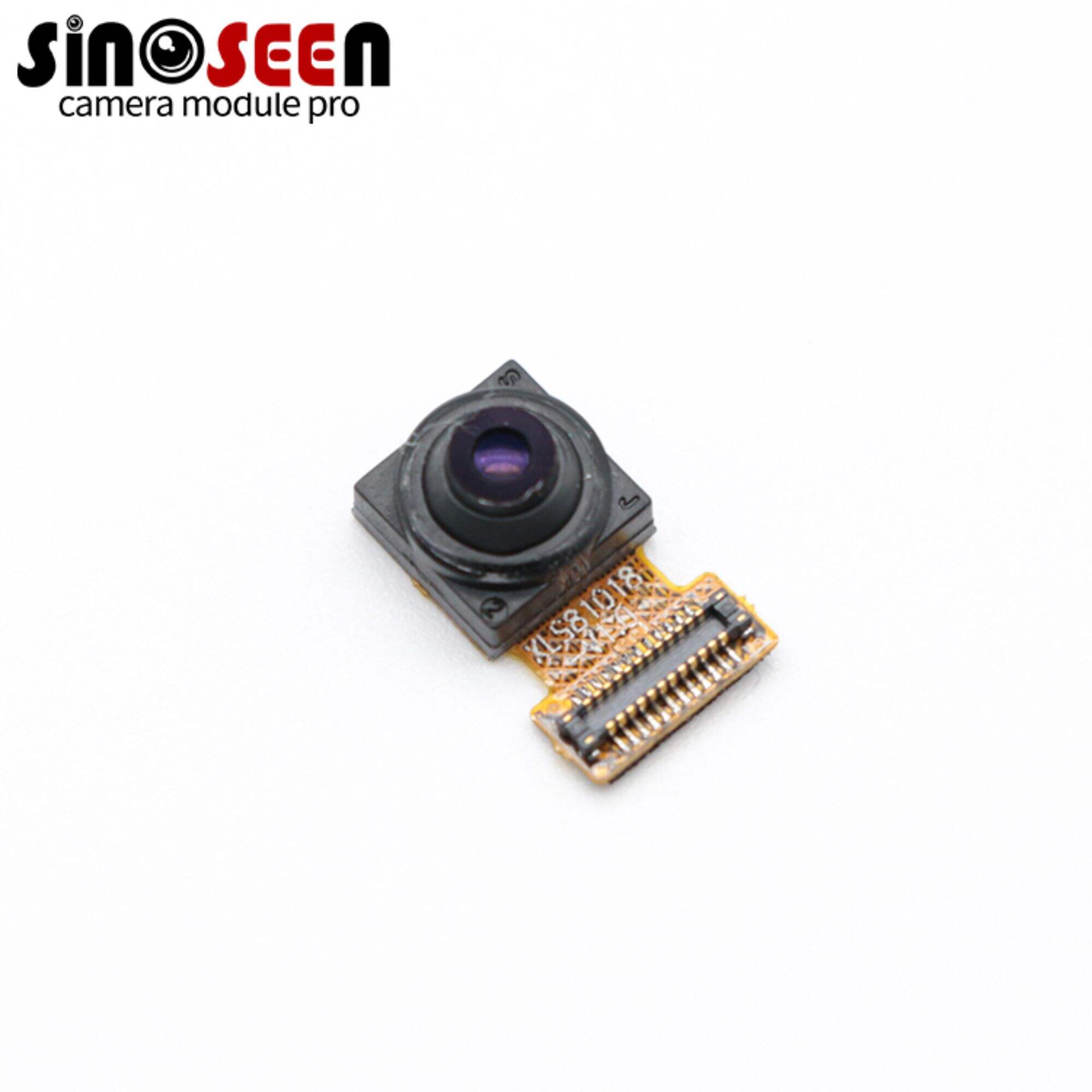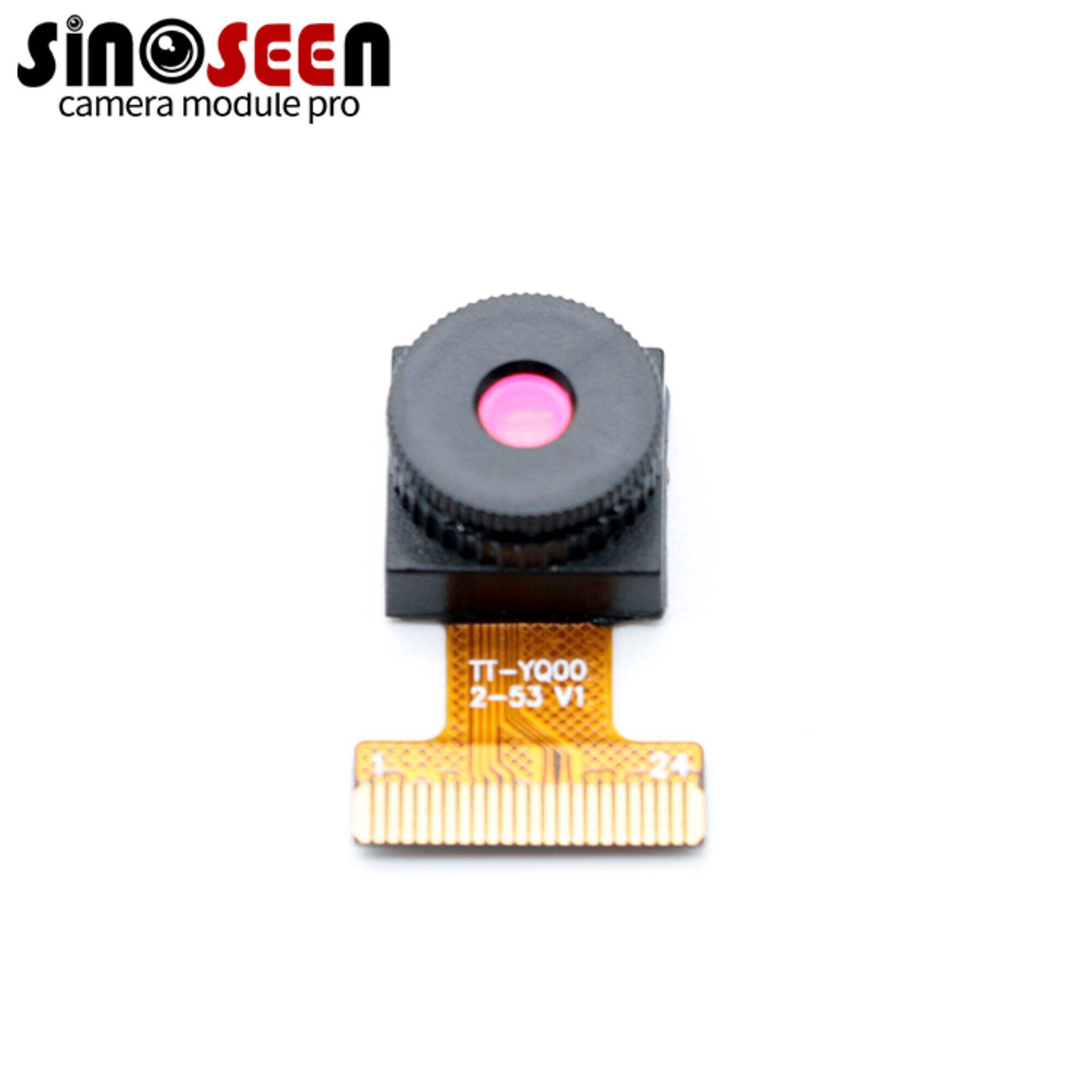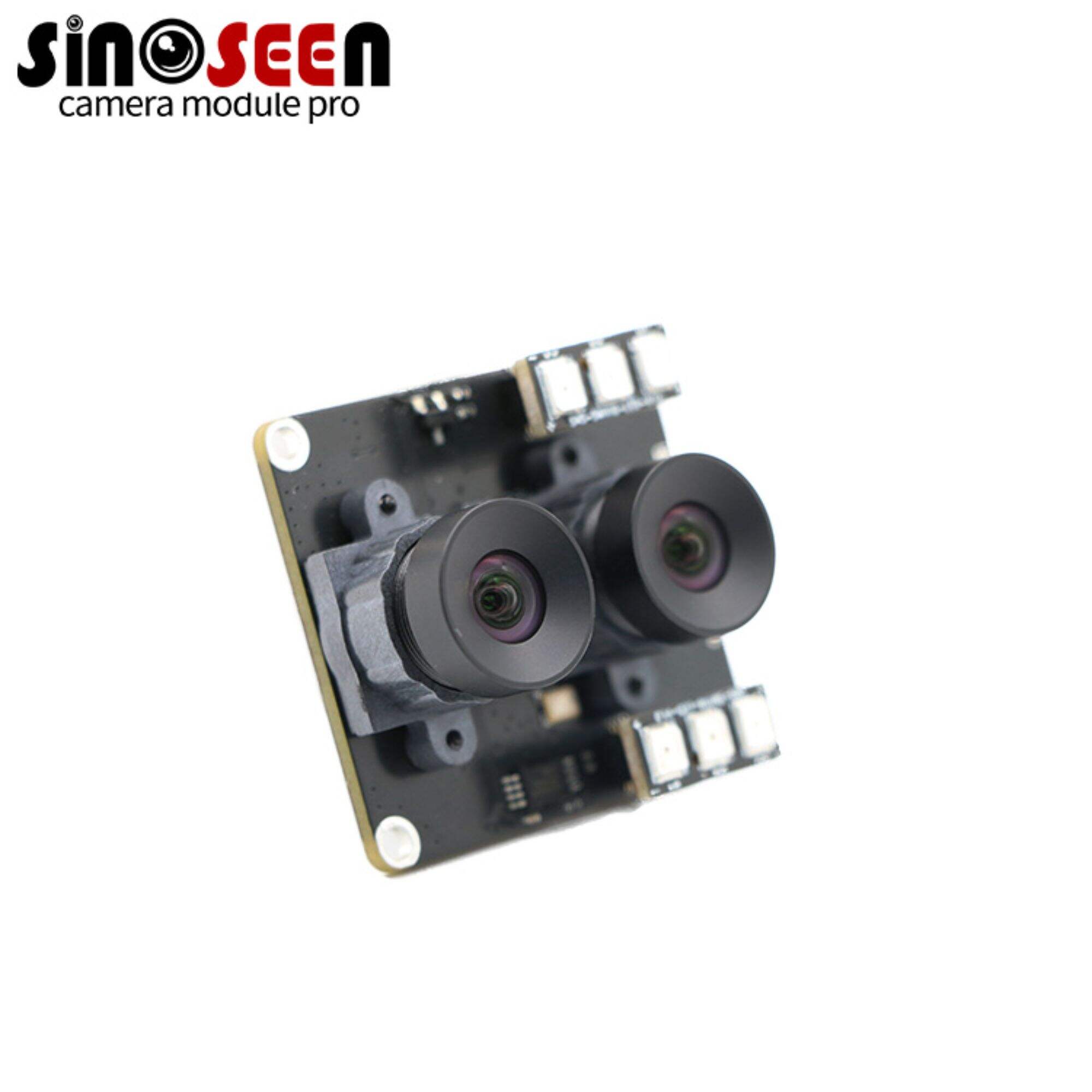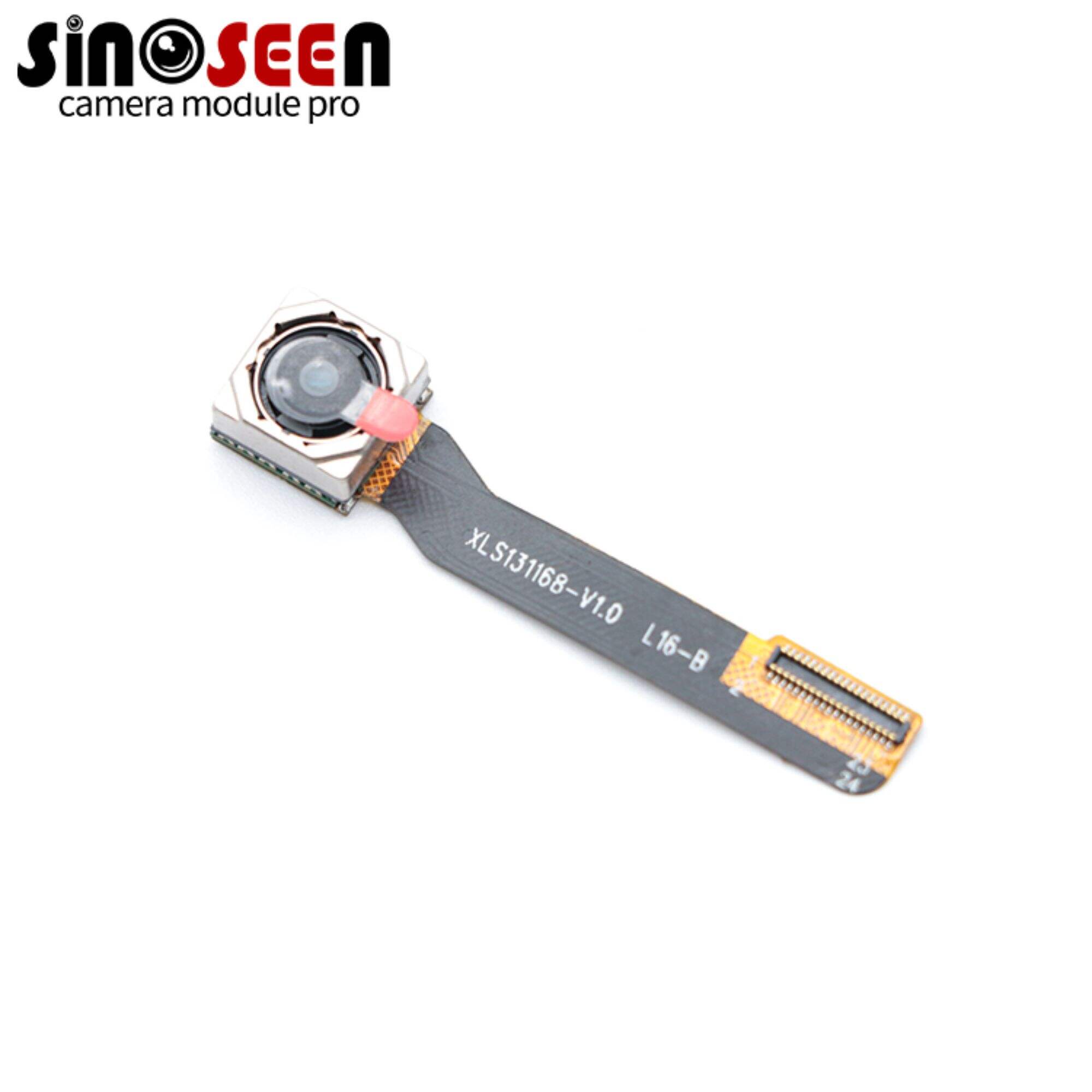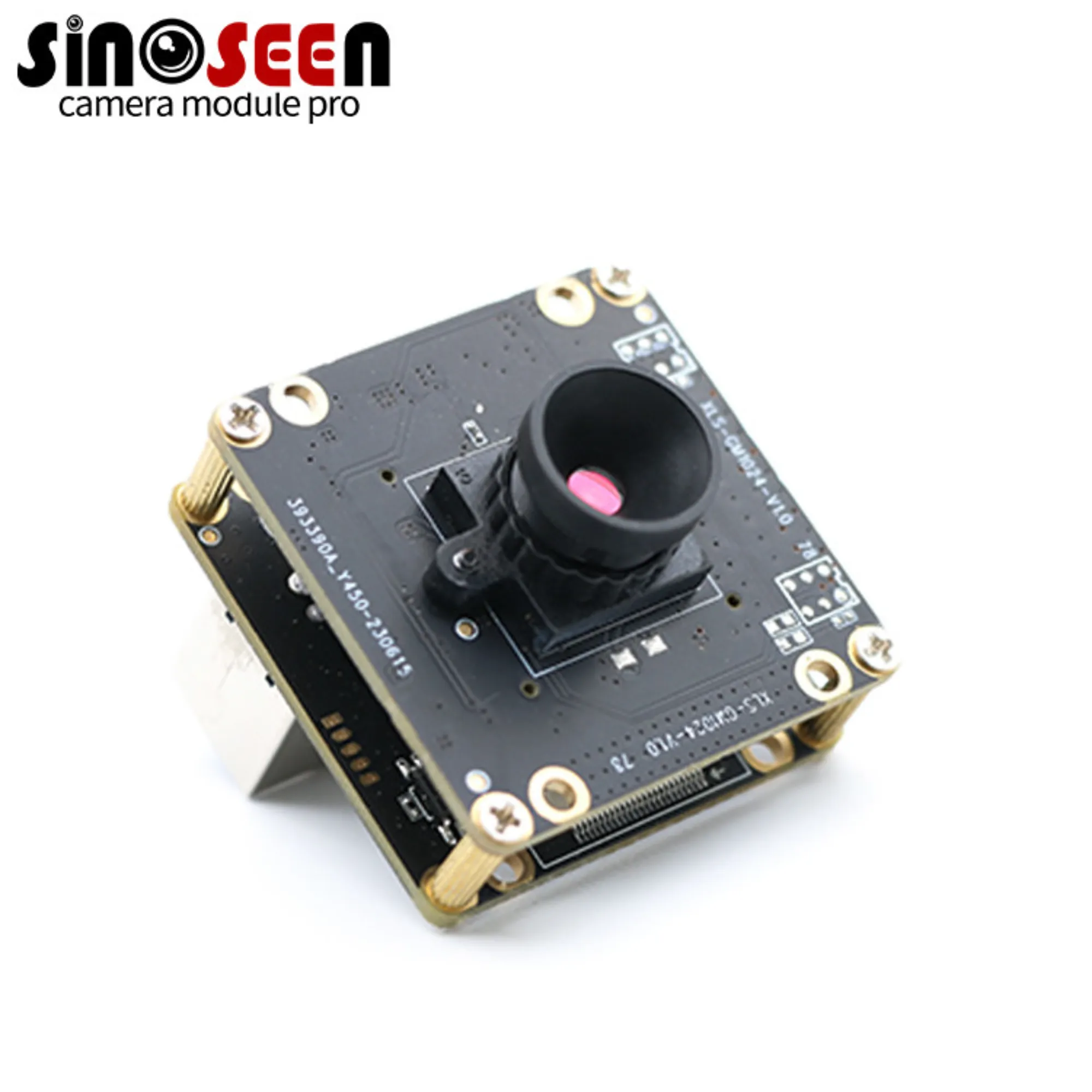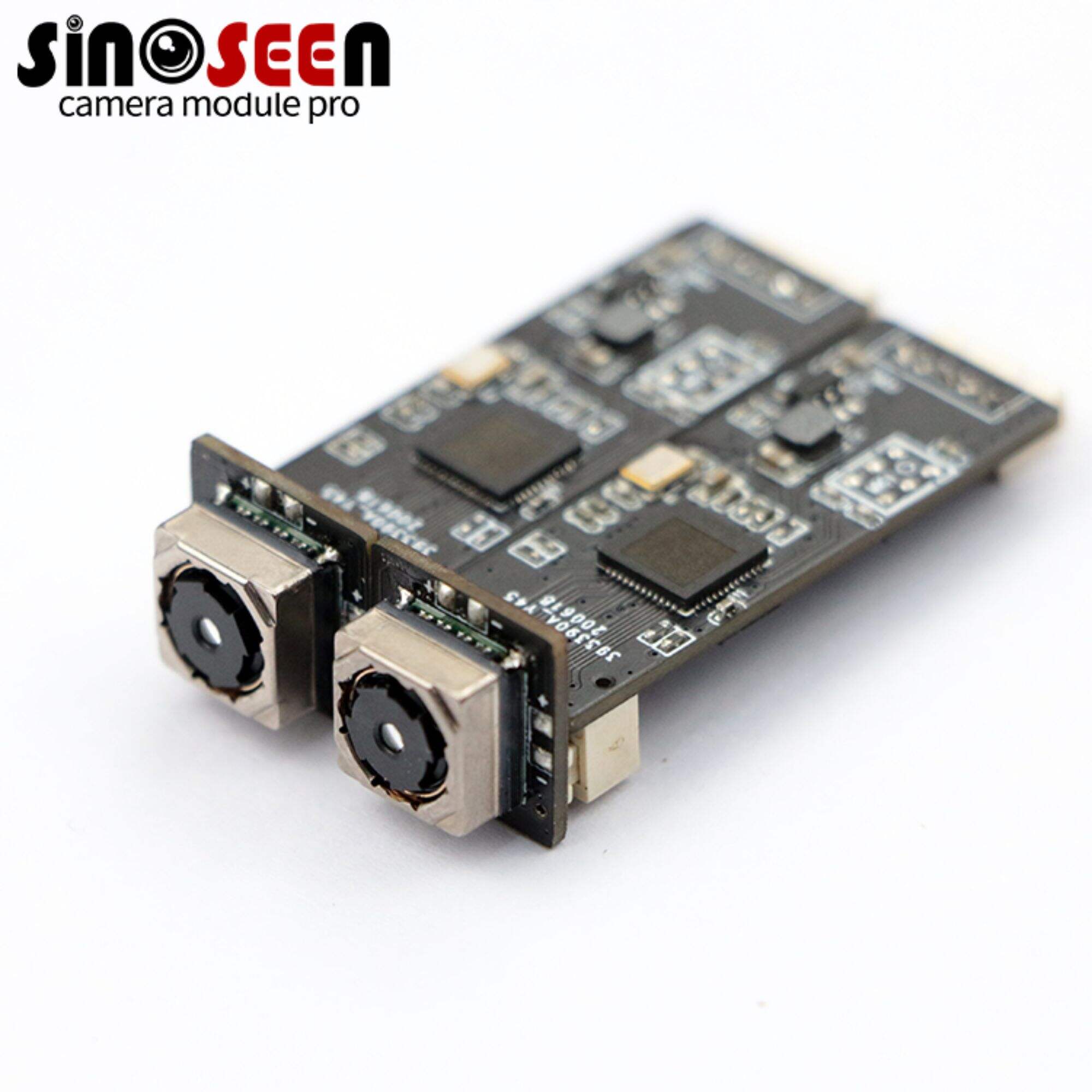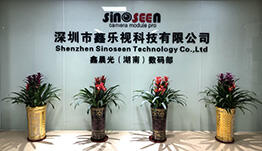Liquid Lens Autofocus vs Voice Coil Motor (VCM) Autofocus: How to Choice?
Autofocus plays an important role in many embedded vision applications. When the target object is in a constantly changing state, we need to use the autofocus function to quickly lock the object to ensure that the image is in focus. The realization of autofocus involves autofocus lenses, and there are two types of autofocus lenses that are more common today: liquid lens autofocus and voice coil motor (VCM) autofocus.The autofocus function was introduced in our previous article.
Some people may ask “what type of autofocus lens should we choose?”. . So, let's explore the differences between these two types of autofocus lenses and what factors should be considered when choosing one.
What is liquid lens autofocus?
Liquid lens autofocus uses a flexible, transparent film filled with a liquid substance. By applying an electrical charge, the shape of the lens can be changed, allowing for fast and precise focusing. This liquid autofocus lens enables fast focusing in milliseconds with an extremely fast response time. Its durability is greatly improved compared to conventional moving lens elements, and it is less susceptible to mechanical wear and tear.
What is Voice Coil Motor (VCM) AF?
Unlike liquid lens autofocus, VCM autofocus uses a voice coil motor to move the lens element back and forth to focus. This technology has become extremely mature and reliable over the years, and is also less expensive than liquid lens autofocus. VCM autofocus is compatible with a wide range of camera systems, making it an extremely popular choice today.We talked about autofocus cameras using VCM in our previous article.

How should we choose an autofocus lens?
After the above introduction, I believe that we have a general understanding of the two types of autofocus lenses, so what factors should we consider when making a choice between these two lenses? In terms of the general results, I think we should consider from nine aspects:
- Precision and service life
- Operating temperature
- Heat dissipation capability
- Size and weight
- Energy consumption
- Focusing time
- Lens mount type
- Cost
- Supply chain and availability
Let's take a closer look below.
Accuracy and longevity
VCM lenses require constant movement to determine focus, which accelerates the wear and tear on their mechanical components and shortens their service life. Focusing accuracy also decreases with wear and tear. Therefore, if you need both high accuracy and long service life, an AF camera with a liquid lens is a good choice.
Operating Temperature
Compared with VCM lenses, liquid AF lenses can accept a wider range of operating temperatures. Therefore, liquid AF lenses are an even better choice for embedded vision applications that require more stringent operating temperatures.
Heat Dissipation
In liquid lenses, autofocus is moved by the charge applied by the liquid inside the lens, so it doesn't have to change position to achieve focus, and it generates relatively little heat.
Unlike liquid lenses, VCM lenses achieve focus through mechanical movement. Whenever the camera needs to change focus to refocus, the lens needs to be moved mechanically again, thus generating more heat than liquid lenses.
Size and Weight
VCM lenses are made up of several different mechanical parts and require a certain amount of space to move in order to achieve focus. As a result, VCM lenses are more bulky than liquid lenses.
Energy consumption
VCM powered autofocus lenses tend to consume more power than liquid lenses in order to keep the motor moving. If your camera has limited power, it is recommended to use a liquid focusing lens.
Focusing time
Liquid lenses can focus quickly in just a few milliseconds. VCM autofocus lenses, on the other hand, require more time to change the focal length and determine the focus by moving the motor. Therefore, if you need to continuously shoot objects at different distances, liquid lenses are a much better choice.
Lens mount type
Liquid lenses are a good choice if you are achieving focus through an M8 or M12 lens. This is because VCM motors can only power the micro cameras commonly found in cell phones. Others such as c and cs mounts are also good to know about.
Cost.
Combining the previous features and functions, liquid lenses are clearly the superior choice. However, if cost needs to be taken into account, VCM technology comes with great advantages, especially when the demand is in the thousands.
Supply Chain and Availability
VCM lenses have a wider supply chain ecology and better availability. There is a greater range of options when choosing a VCm autofocus lens supplier.
Conclusion
Liquid lens autofocus and VCM autofocus each have their advantages and disadvantages. Liquid lens autofocus is fast and accurate, making it ideal for professional or high-end camera systems. VCM AF, on the other hand, is a more sophisticated and economical solution for a wider range of camera models and budgets.
Choosing between these two autofocus technologies will depend on your specific camera needs, budget and performance requirements. Consider your priorities such as focus speed, accuracy, power consumption and overall durability to determine which autofocus system is best suited for your photography or videography needs.
If you want to use VCM technology for your embedded vision project autofocus camera, please feel free to contact us, Sinoseen will provide you with the most professional help.
FAQ
A1:Which AF technology is better for low light conditions?
Q1:Liquid Lens AF typically performs better in low-light conditions because its speed and accuracy help maintain focus even in challenging lighting conditions.
A1:Can VCM AF be as accurate as Liquid Lens AF?
Q1:While VCM AF can provide accurate focus, it may not match the accuracy and consistency of liquid lens systems, especially for critical applications such as professional photography or videography.

 EN
EN
 AR
AR
 DA
DA
 NL
NL
 FI
FI
 FR
FR
 DE
DE
 EL
EL
 HI
HI
 IT
IT
 JA
JA
 KO
KO
 NO
NO
 PL
PL
 PT
PT
 RO
RO
 RU
RU
 ES
ES
 SV
SV
 TL
TL
 IW
IW
 ID
ID
 SR
SR
 VI
VI
 HU
HU
 TH
TH
 TR
TR
 FA
FA
 MS
MS
 IS
IS
 AZ
AZ
 UR
UR
 BN
BN
 HA
HA
 LO
LO
 MR
MR
 MN
MN
 PA
PA
 MY
MY
 SD
SD

